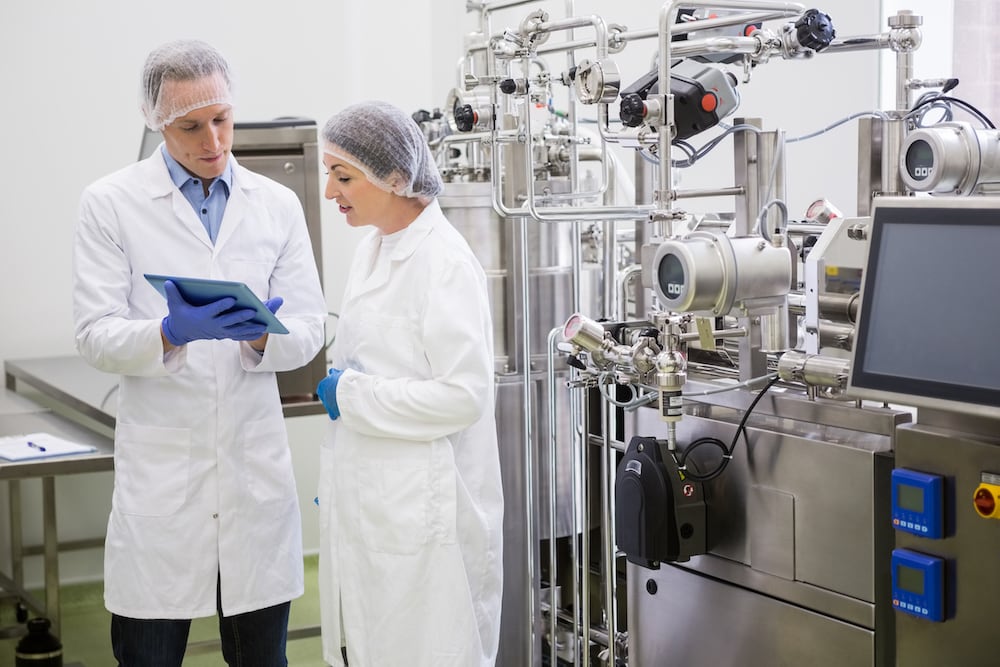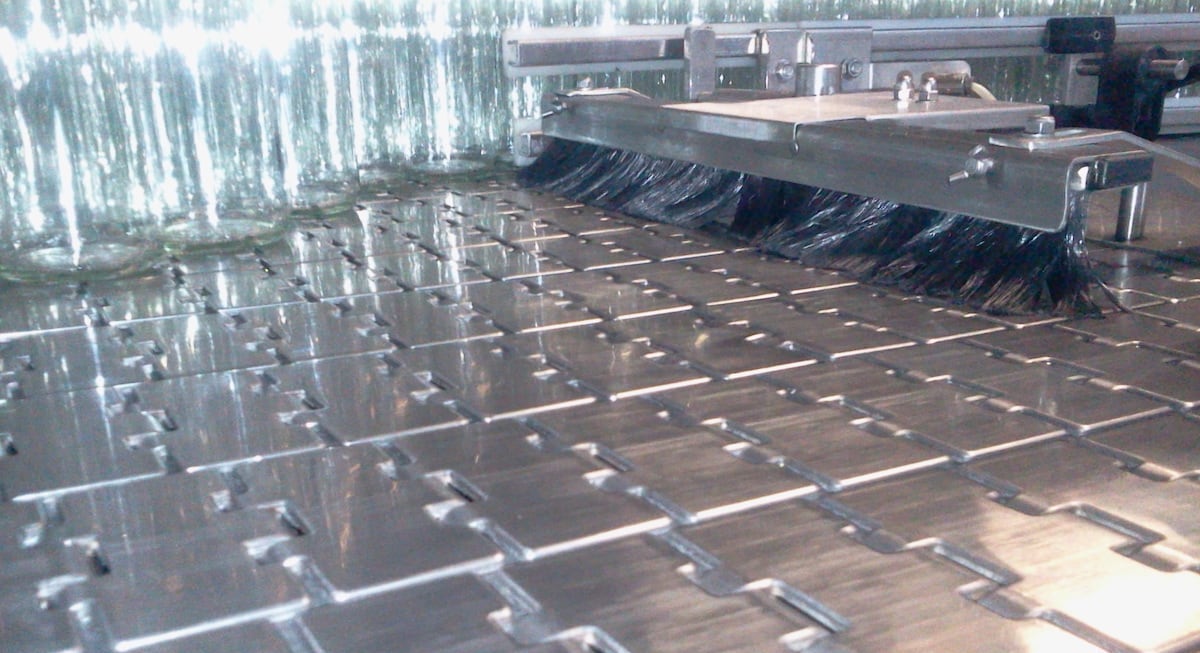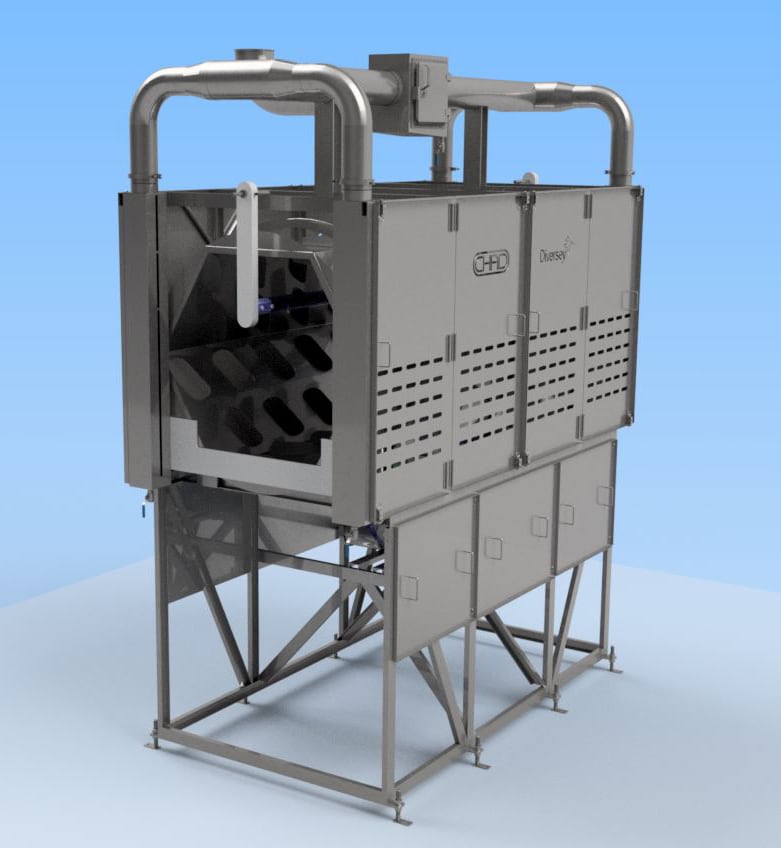Q. Can I clean and sanitize in one step?
A. We do not feel that it can be done reliably in a food establishment with significant soil loading. Soil has the ability to consume the sanitizing portion of the formulation. For example, all oxidizing sanitizers (peracetic acid and peroxides, chlorine bleach, chlorine dioxide, and iodophor as examples) are consumed rapidly when put in contact with organic soil. Quaternary type sanitizers have a surfactant effect, and so are rapidly absorbed onto organic soil.
Also, there is usually a compromise in either the cleaning or sanitizing portion of a combination formula. For instance, a cleaner with bleach is typically very alkaline in order to support bleach stability. Alkalinity supplies other properties for cleaning. Bleach, however, is a very poor sanitizer when it is in a highly alkaline environment.
Please note: This is not a recommendation to acidify bleach! Quaternaries are more effective detergents and sanitizers in acid environments. Unfortunately, most degreasing formulae are alkaline.
Q. Why do I have escalating microbe counts? The numbers were good at cleaning.
A. There are a couple of things to look at. If the surfaces weren’t clean to start with, you might have sanitized the surface of a biofilm only to have the bacteria return after the sanitizer was consumed. You can check for this condition with one of the many luciferase testers on the market. They indicate biologically derived soils, whether dead or alive.
Another source to consider is recontamination of sanitized surfaces by airstreams from fouled cooler or ventilation units, or from contaminated water being aerosolized near the sanitized surfaces in question (floor cleaner machines?). Check this by exposing an agar plate for two minutes in the suspected airflow or close to the aerosol source. If the result is positive you need to take corrective action at the sources.
Q. What causes white film and how can I deal with it?
A. If you have more water hardness (minerals in the water) than your cleaner’s water control package can handle, then you can deposit carbonates, hard water soaps or silicates. Carbonate scales can be removed quickly by rinsing or wiping with organic acids or dilute mineral acids. Hard water soaps can be removed with acid formulations but usually this requires physical agitation (CIP circulation or scrubbing). Silicate scales are insoluble in acid and usually require treatment with alkaline or caustic formulations together with physical agitation.
Another way to acquire films is to allow your foamed-on cleaner to dry before it is rinsed off. Refoam and scrub if necessary. If this is an ongoing problem, clean and rinse the room in smaller sections.








